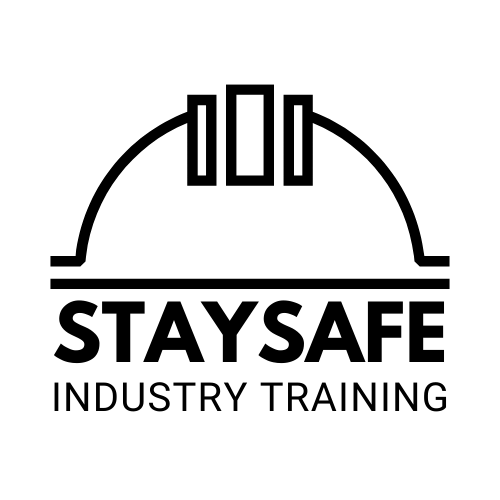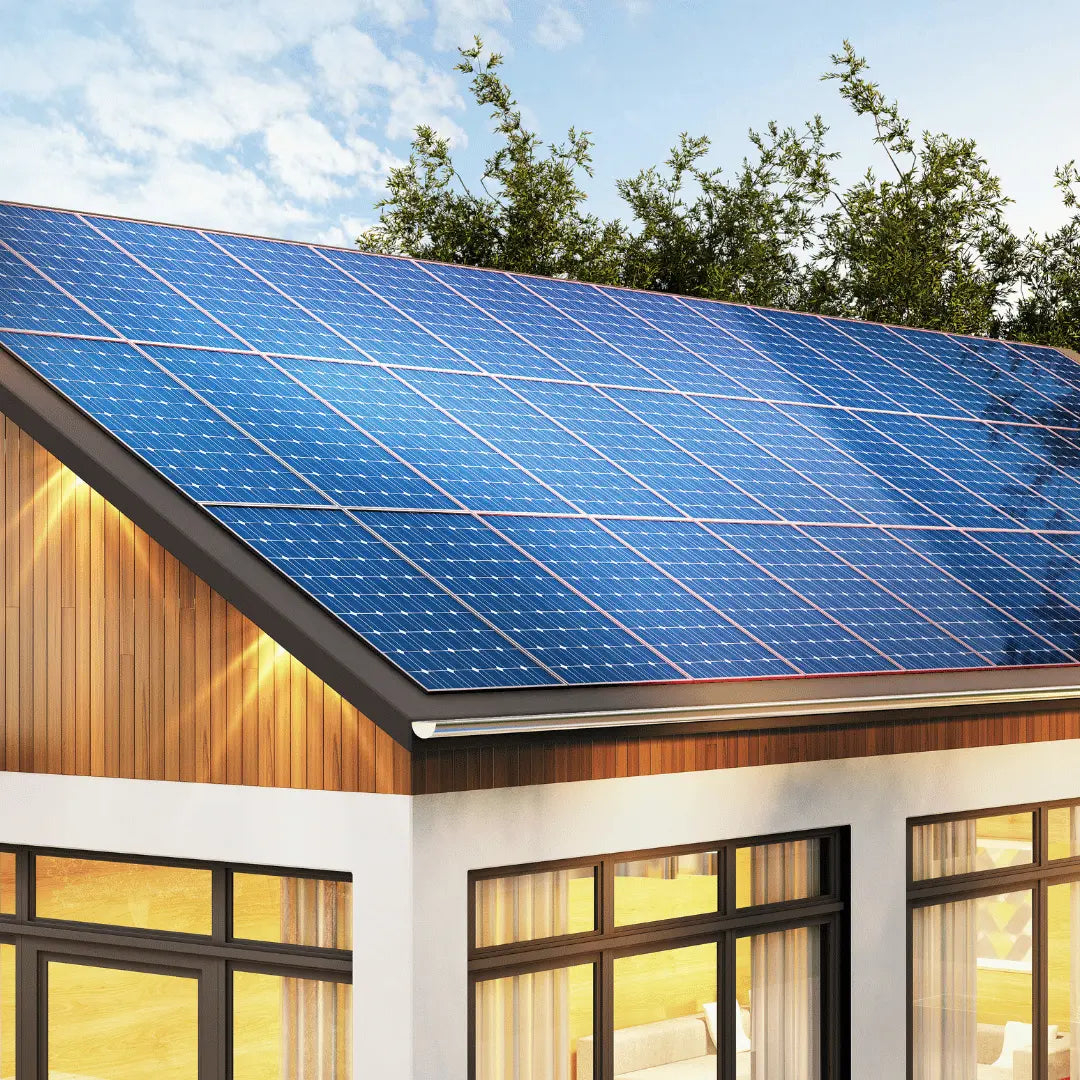Get personalised assistance now 📞 Call or 👋 Chat with our expert, George!
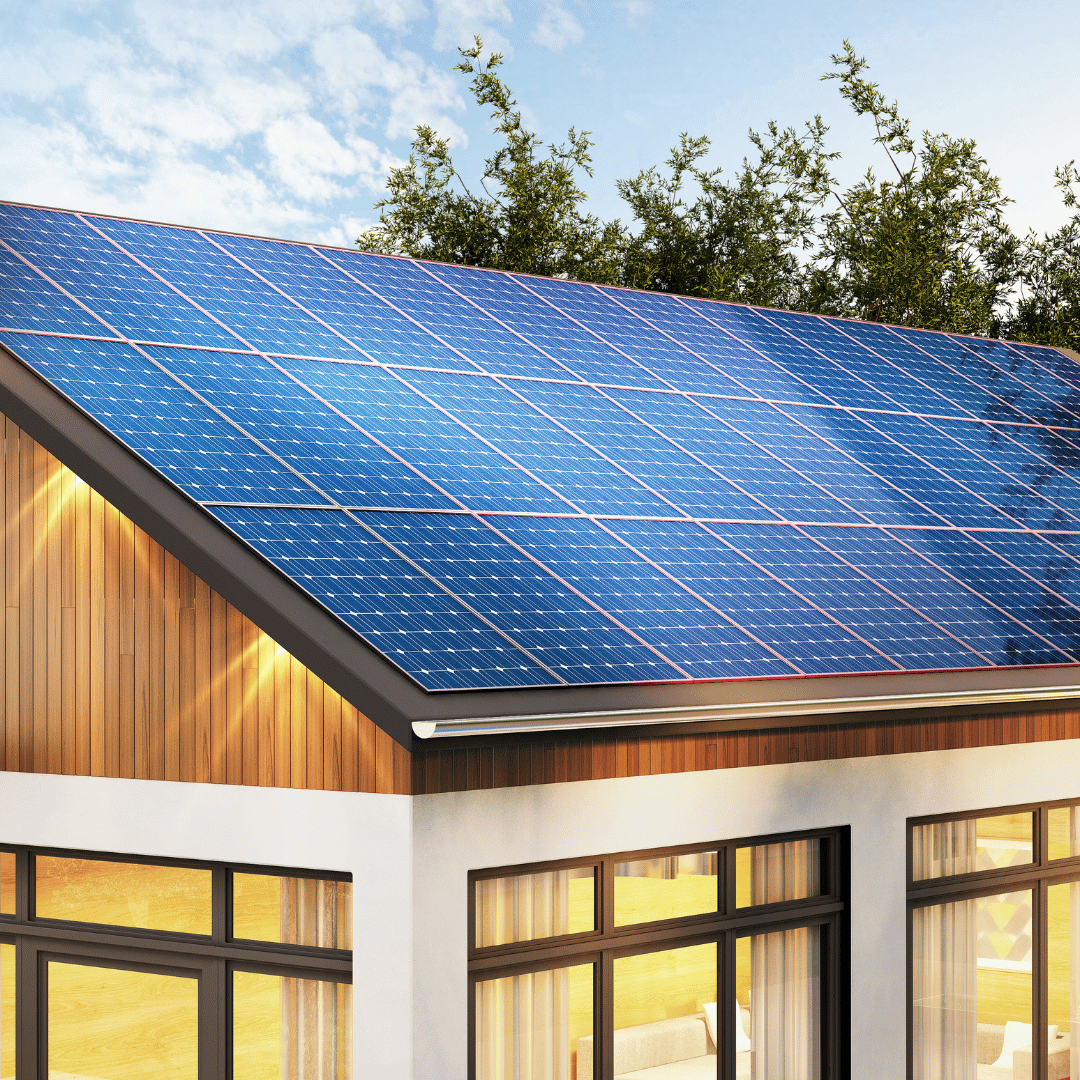
⚡Solar PV Systems Design & Installation⚡ Grid-Connected Course
Do you hold you unrestricted electrical licence?
Start our Nationally Recognised Training in Solar Design and Install now with a $1500 deposit. Total fee: $2300, balance due on completion unless eligible for CSQ or Keystone funding. Complete the course to receive a Statement of Attainment from our RTO and apply for your accreditation from Solar Accreditation Australia.
Begin your journey by enrolling today.
Questions about funding? 👋 Chat now.
Nationally Recognised Units: UEERE0054, UEERE0061, UEERE0080, UEERE0081.
Questions about the course?
Get personalised assistance now 📞 Call or 👋 Chat with our expert, George!
Start Anytime, Self Paced
Begin our 40-hour Solar Design and Instal course and start anytime. Theory is online with practicals to be completed on a worksite of your choosing, we work within your schedule, No classrooms.
QLD and TAS Residents: Confirm Your CSQ or Keystone Eligibility Today
Considering CSQ or Keystone funding for your solar education? Contact us to learn more.
- Learn at your own pace
- Start Anytime
- Course duration: 40 hours
- Theory is online, with practicals to be completed on worksites of your choosing
- You will be issued a Statement of Attainment upon completion of course
- Once your training has finished with us, apply for your accreditation with Solar Accreditation Australia
Fee Details:
- To enrol pay the $1500 deposit get access to the full course and pay the remaining fee at completion.
- Queensland Residents: CSQ eligible students receive a $288 refund from the initial $1500 deposit at completion and submission of the course to CSQ.
- Non-eligible students owe an additional $800, totalling $2300.
- Documentation required for eligibility verification.
Couldn't load pickup availability
Share
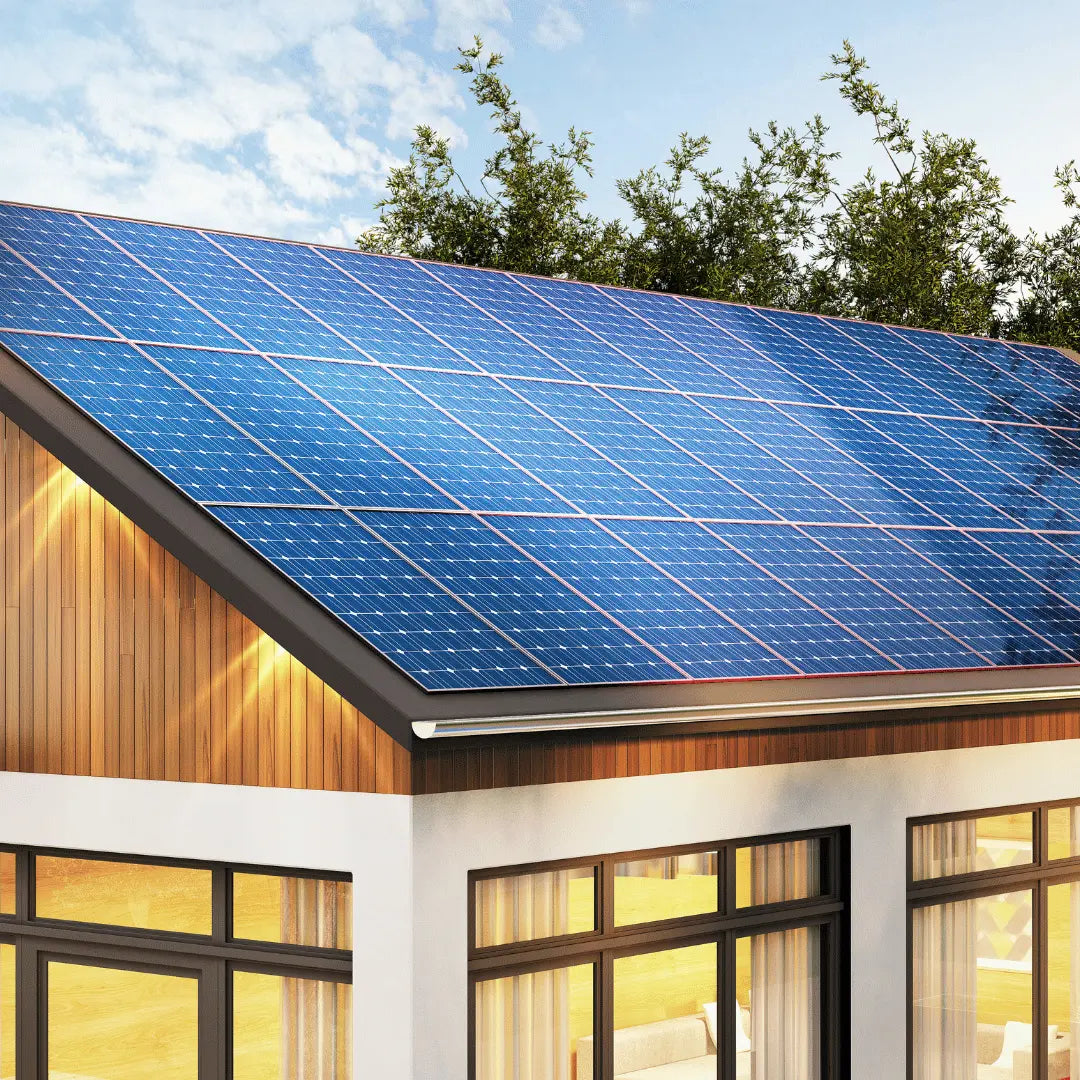
-
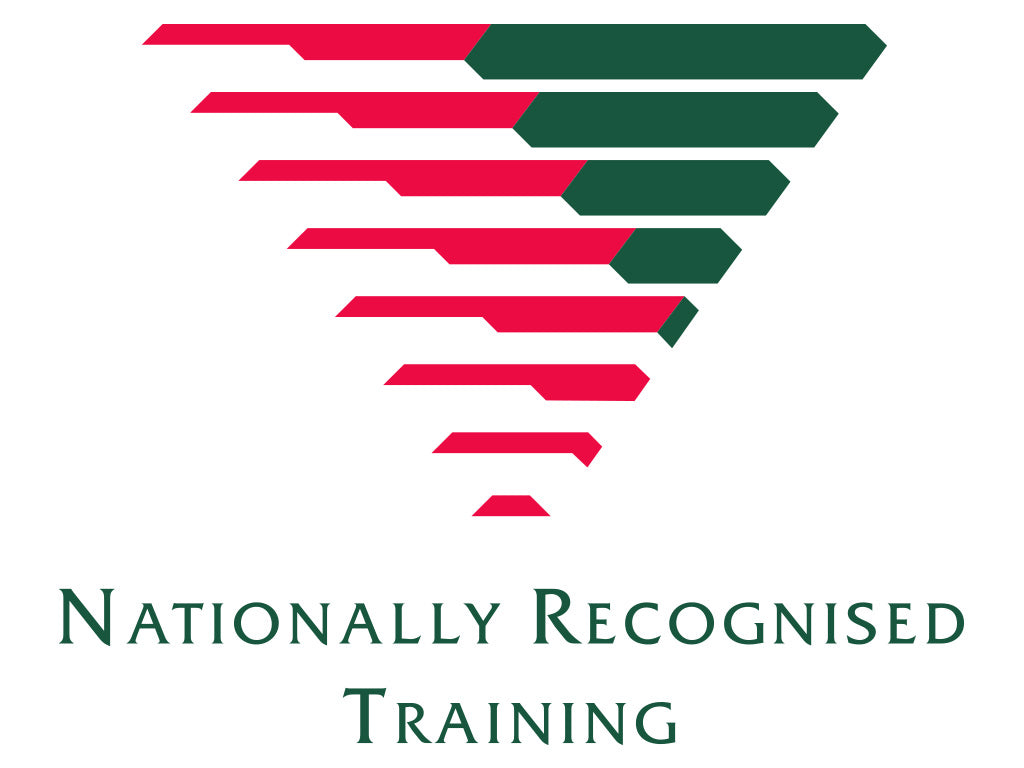 What Is A Nationally Recognised/ Accredited Course?
What Is A Nationally Recognised/ Accredited Course?Staysafe Industry Training offers nationally recognised programs accredited by ASQA and aligned with AQF. Benefit from industry-relevant training that sets the standard for quality and relevance in your career journey.
--
-
 Verify Your Eligibility: Use Our Simple Online Form - Click Here to Start
Verify Your Eligibility: Use Our Simple Online Form - Click Here to StartQueensland residents: All participants pay a $1500 deposit. Queensland Residents who are CSQ eligible get a $288 refund upon completion; non-eligible students pay an extra $800, totalling $2300. Proof of eligibility required.
--
-
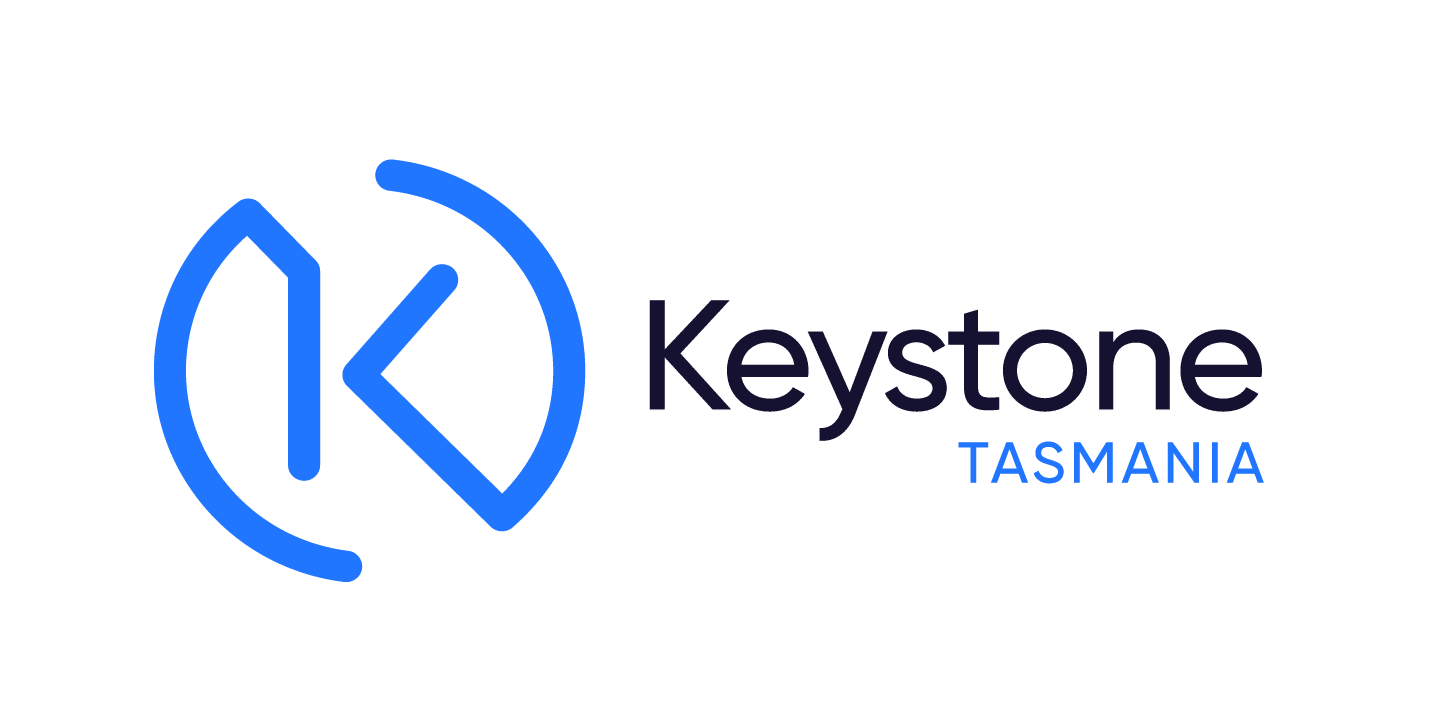
Proudly Funded by Keystone Tasmania
PH: 1300 087 208If you're in Tasmania, we offer Keystone's funding. Our courses are designed by industry professionals, focusing on practical skills for licensure. For any questions, call or 👋 Chat with us now!
-
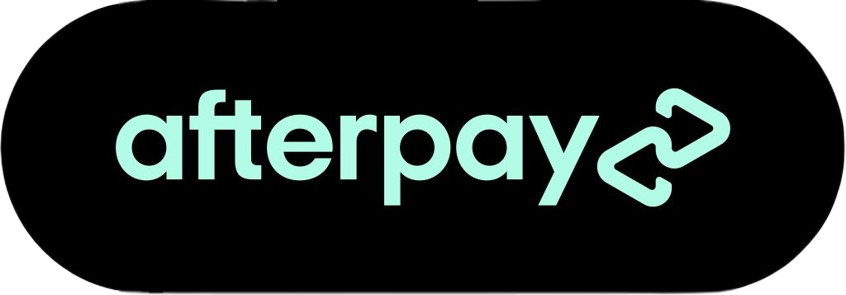
Afterpay available
Enrol todayStart your learning journey with Afterpay at Staysafe Industry Training. Pay for your courses over manageable instalments, without delay. You can select this payment option at checkout.
--
